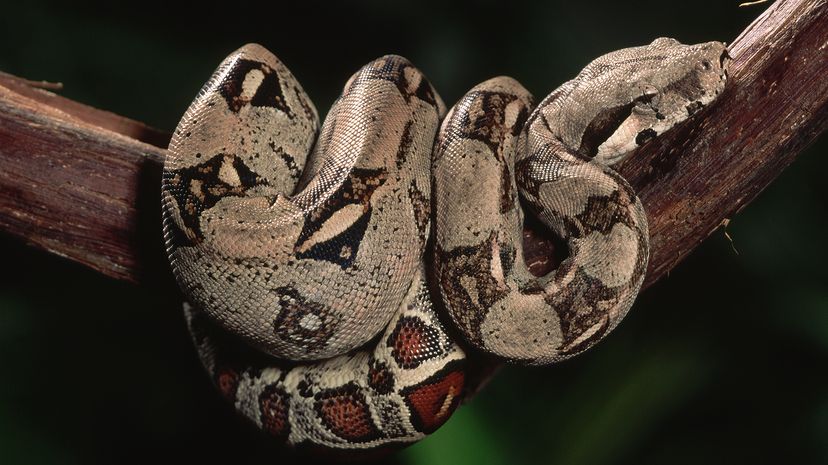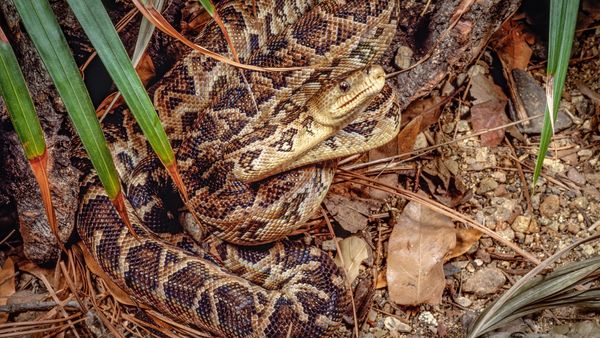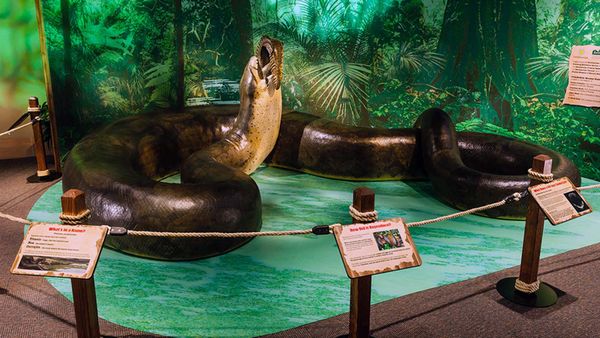A boa's diet reflects its adaptability as a predator. Primarily carnivorous, these snakes are known for overpowering prey through constriction. In the wild, their diet largely comprises mammals, birds and occasionally other reptiles.
The size and type of prey depend on the size of the boa. Smaller boas tend to feed on smaller rodents, birds or lizards, while larger ones can take on more substantial prey like rabbits, small deer or other medium-sized mammals.
Diets of Young Boas
Young boa constrictors feed on smaller prey, adapting their diet to their size and hunting skills. They eat a lot of small rodents, such as mice or small rats, which are common in captivity.
In the wild, they will snack on any small mammal they can overpower, including small birds and nestlings, using their climbing ability to access nests.
Depending on their habitat, their natural diet can also include lizards and amphibians, such as frogs and other small reptiles. While not a major component, very young boas may occasionally consume large insects.
This varied diet is crucial for their growth and development. As they mature, their dietary preferences shift toward larger prey, eventually aligning with the diet of an adult boa.
Diets of Boa Constrictors in Captivity
On the other hand, captive boa constrictors have a simplified diet. Owners will put them on a regular feeding schedule of rodents like mice or rats, usually pre-killed, to ensure the snake's safety.
The feeding frequency varies with age and size, with younger snakes eating more often than adults. Boa constrictors have slow metabolisms; thus, overfeeding can lead to obesity and health issues.



